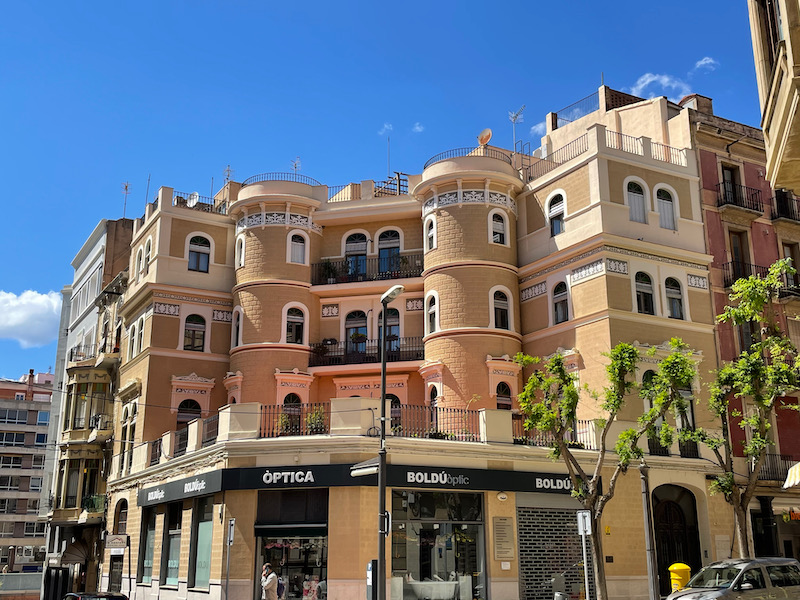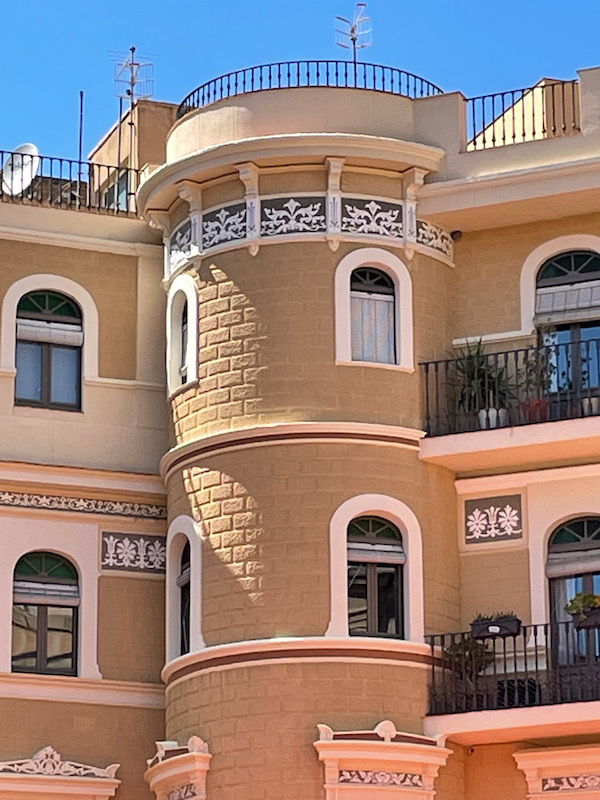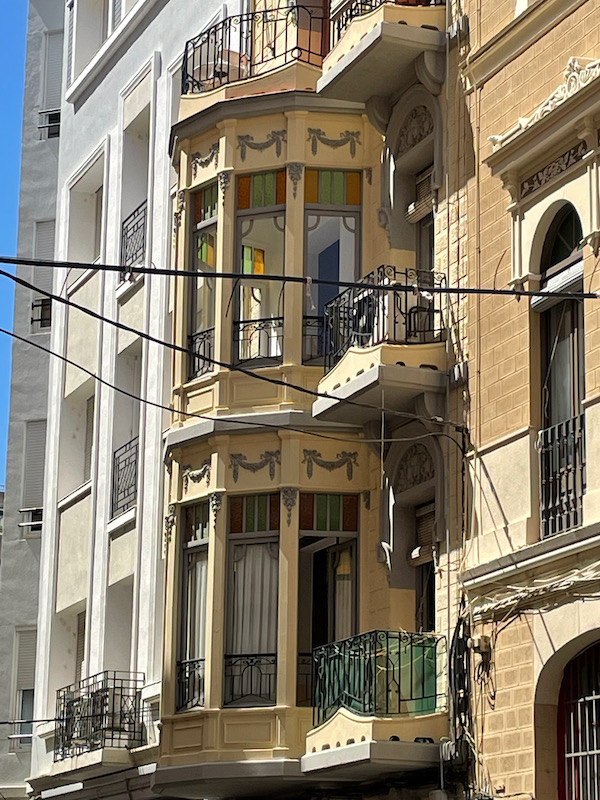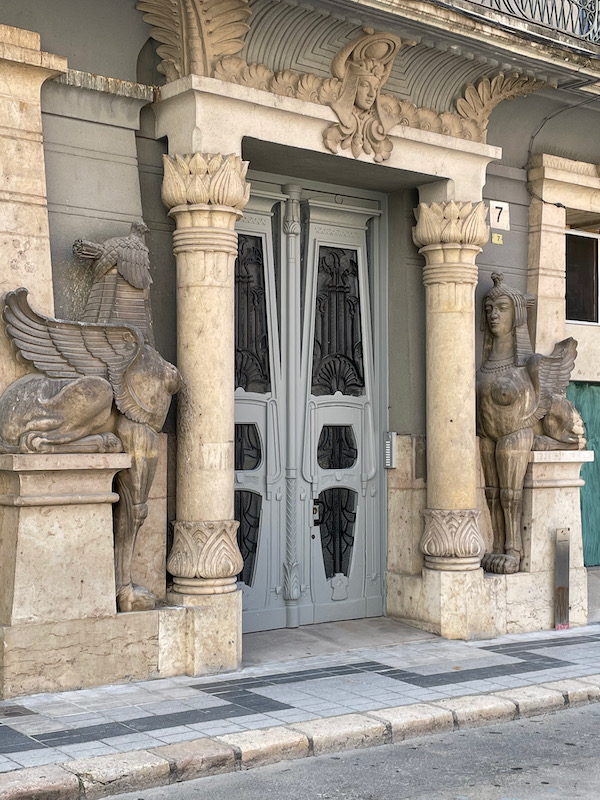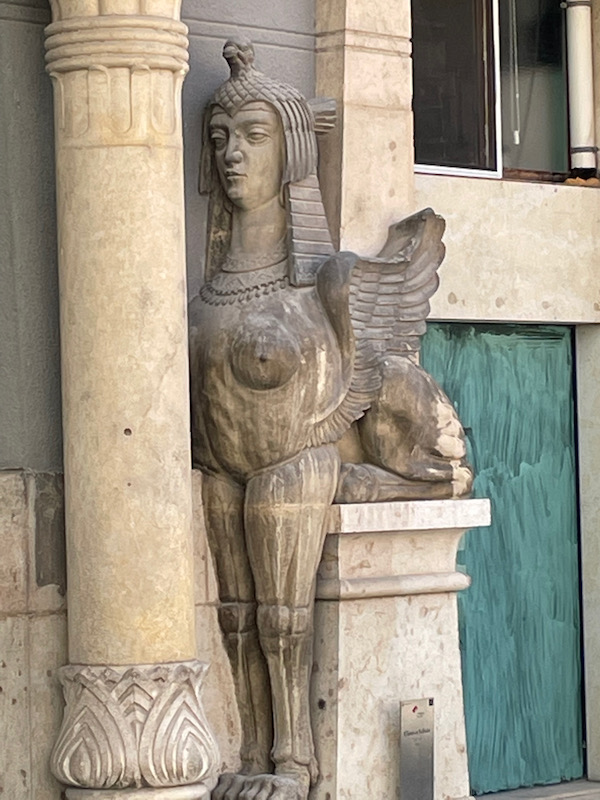Our Blog - Tortosa, Spain
Tortosa was occupied in about 714, during the Arab conquest of the Visigothic Kingdom. It remained under Muslim rule for more than 400 years. King Louis the Pious laid siege to Tortosa in 808–809, but he was not able to occupy it.
The town straddles the Ebro River, with the old town on the East side. From one of the upper parts (the castle), we got a great view of the mountains to the West.
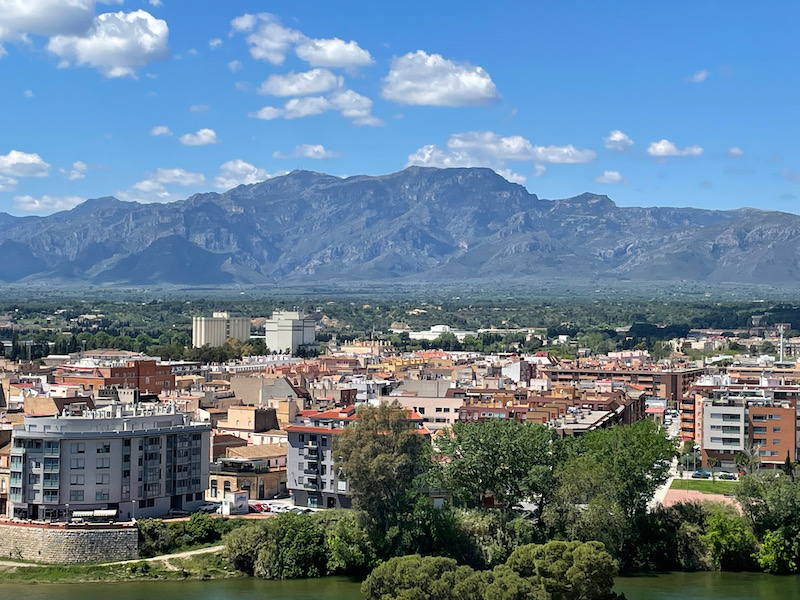
The Cathedral of Santa Maria is an outstanding example of Catalan Gothic architecture. This spot has had quite a few important buildings: the Roman forum, a Visigothic cathedral, a Muslim mosque, and finally this cathedral. It was built over a long period of time but (surprisingly) has a consistent style. The Baroque façade represents the final addition, in the 18th century. Its construction began in 1347 and was completed two centuries later. From some of the pictures, you can clearly see the buttresses. I found it very interesting that the top of the church was totally flat, which we got a good view of from above. No pictures of the inside, as it was closed by the time we arrived (as was most everything in town, since it was a Sunday).
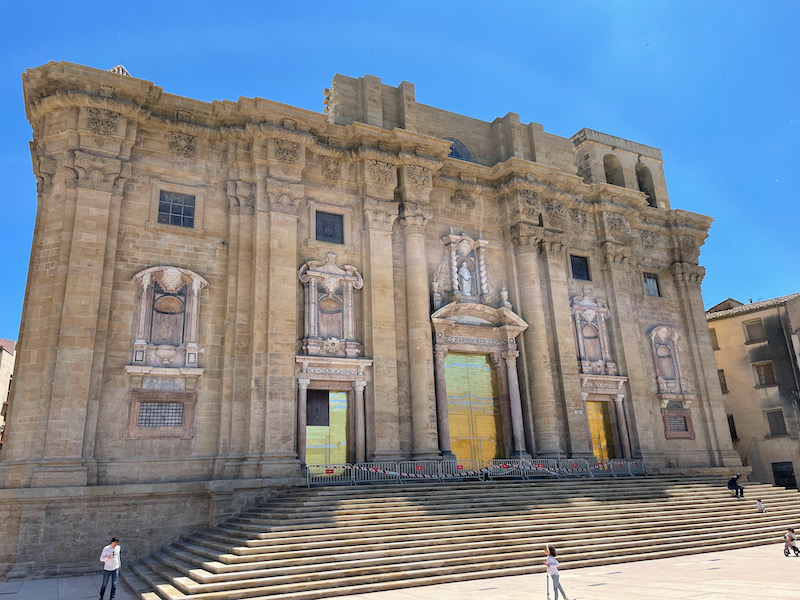
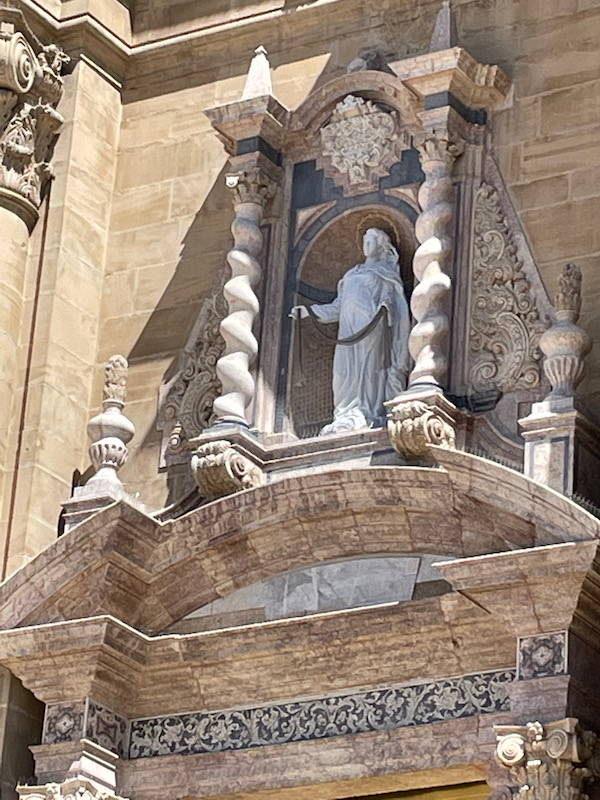
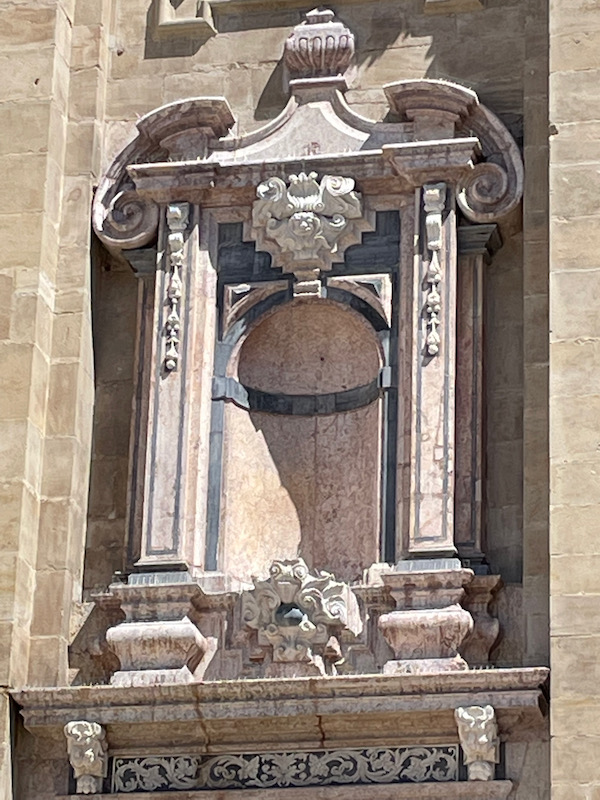
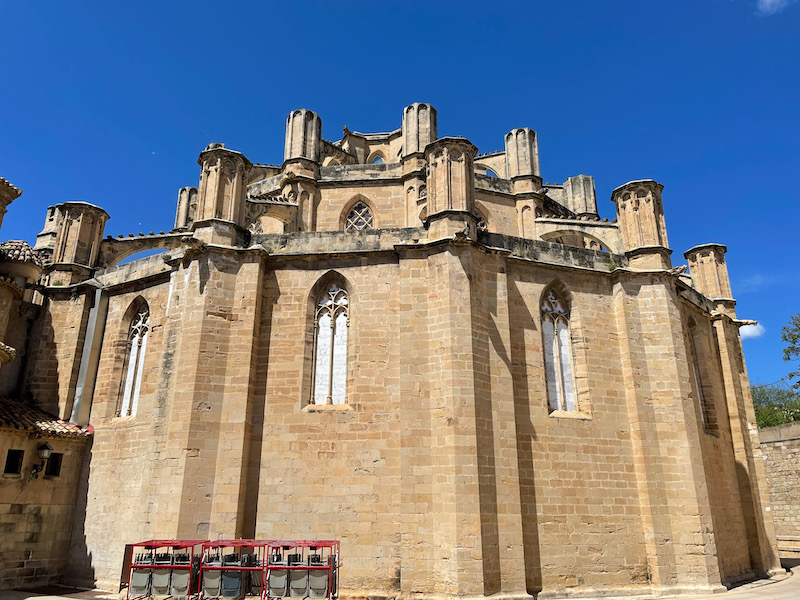
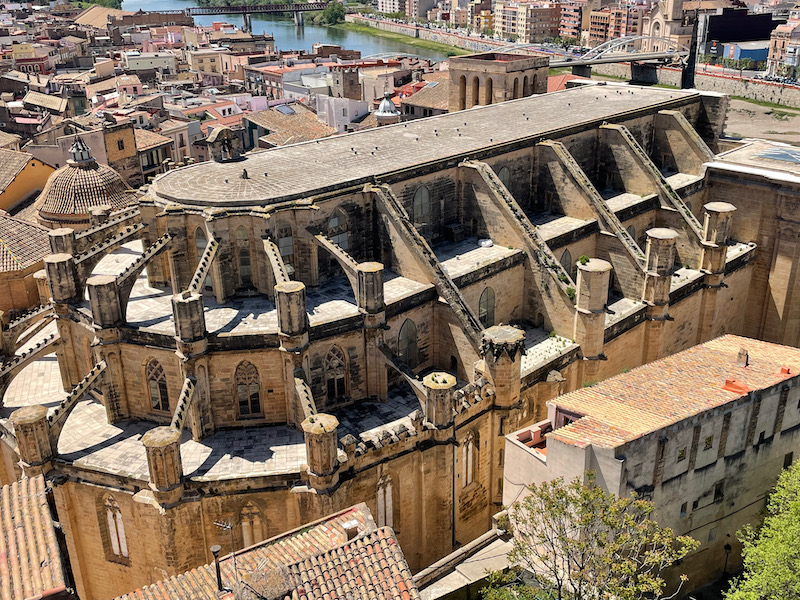
The Castle of La Suda was built at the top of a hill overlooking the river (and the rest of the old town). Iberian and Roman remains have been found there but the castle comes from the the 9th century or so. The Arabs fortified it in the the 10th century, and it was a royal residence starting with King James I of Catalonia (the 1200's). It was badly damaged during the Spanish Civil War and is now a hotel. You can see how the exterior walls are built on top of the rock face.

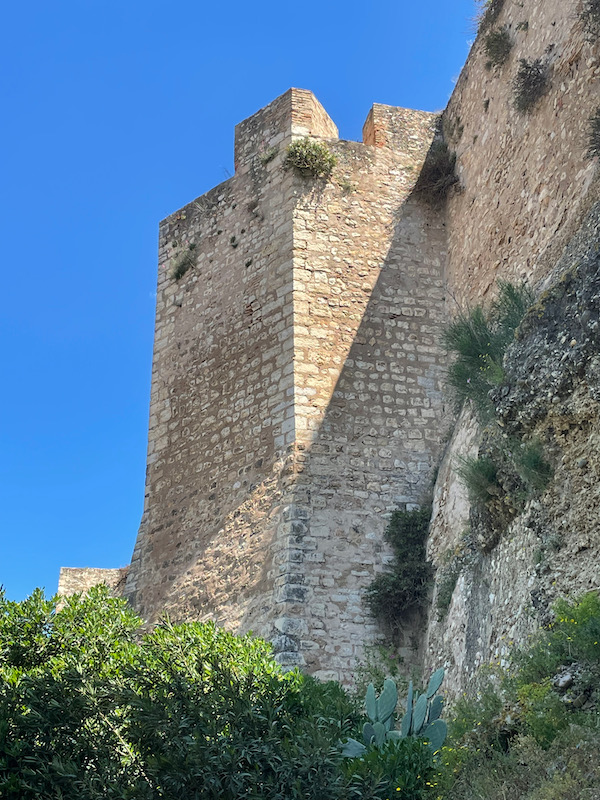
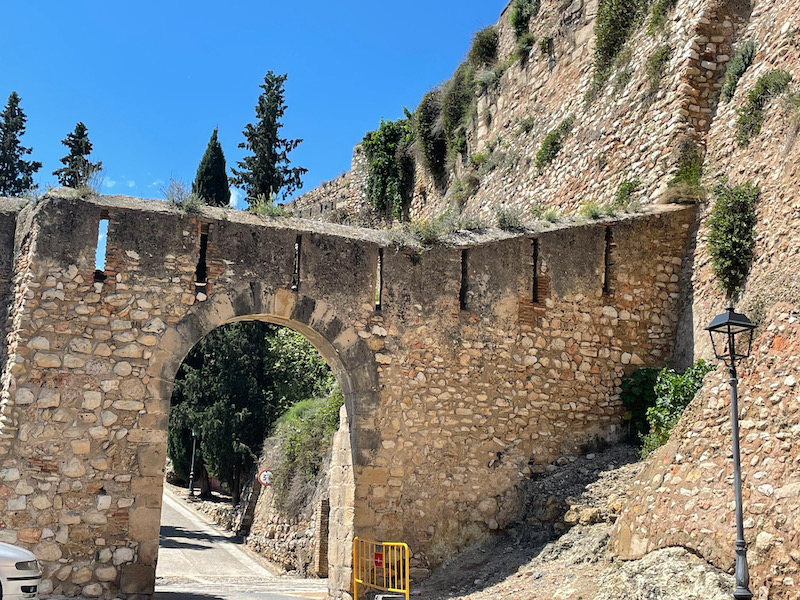
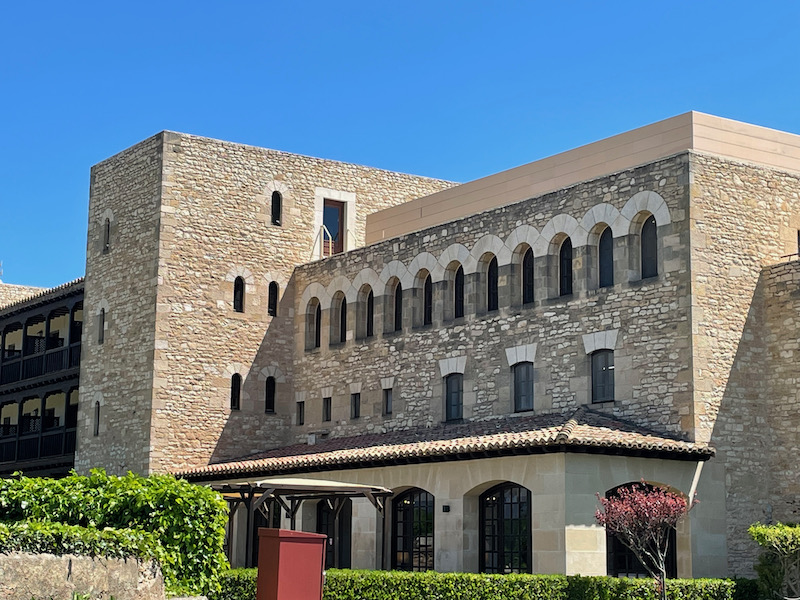
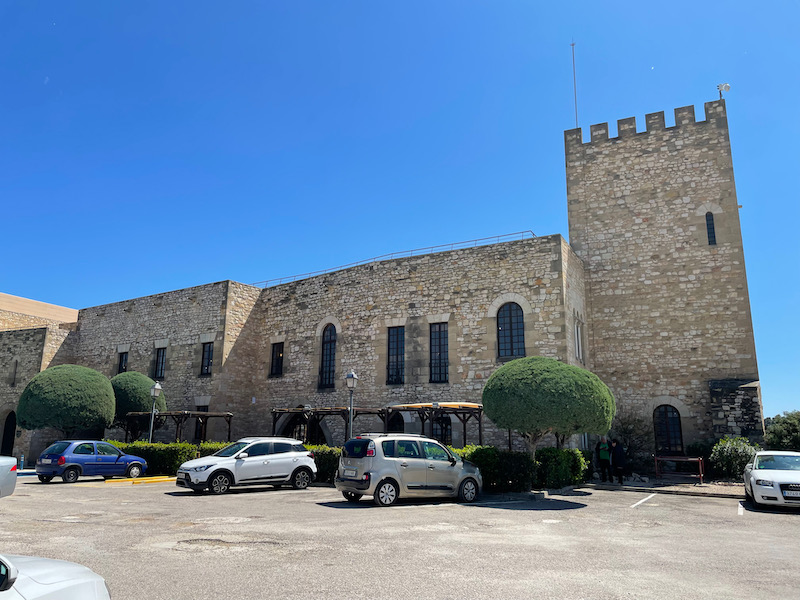
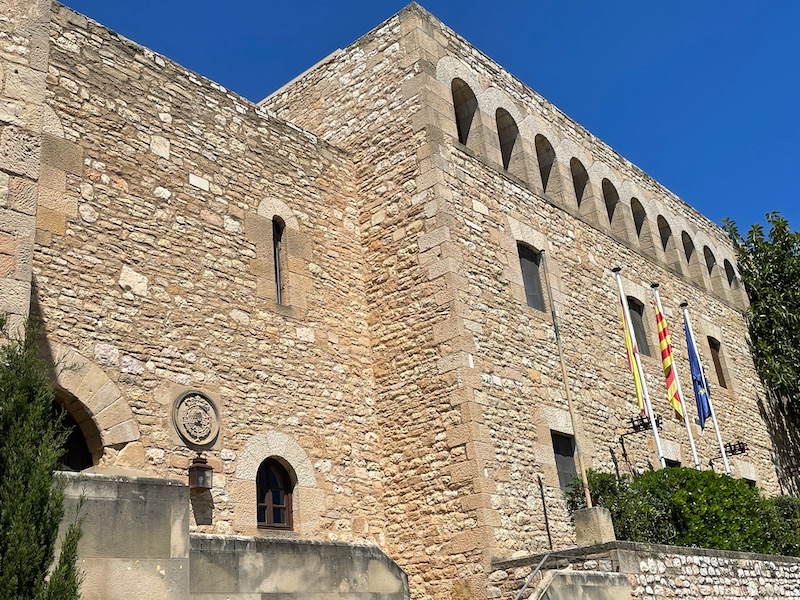
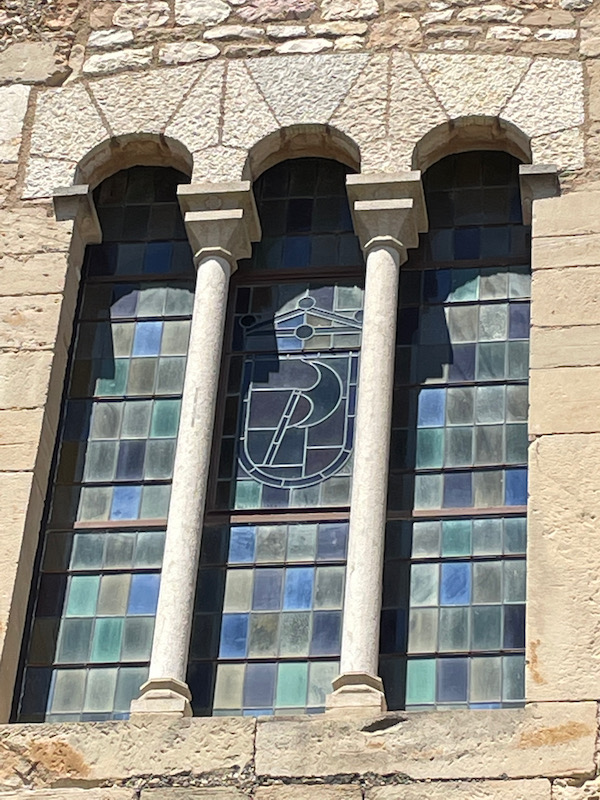
Across town, I noticed another set of walls with a square tower. The gothic arches to the right side are part of the Santa Clara monastery.
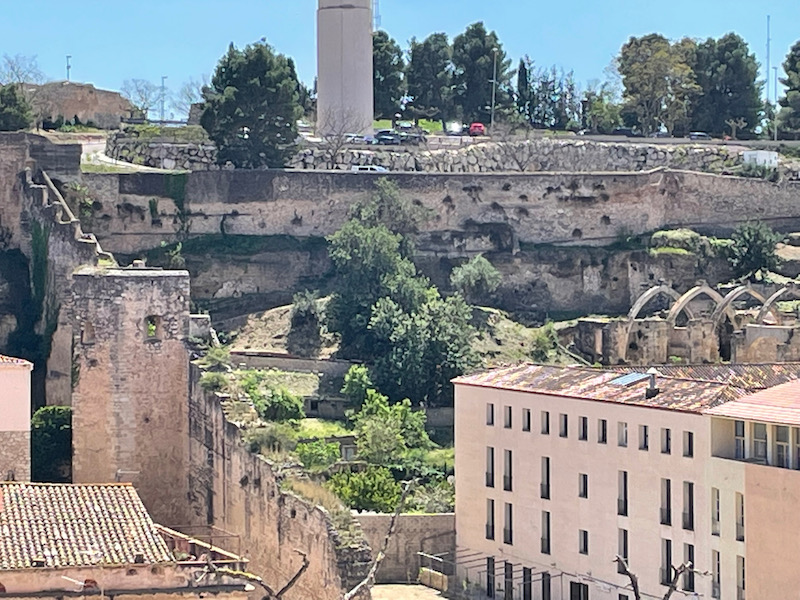
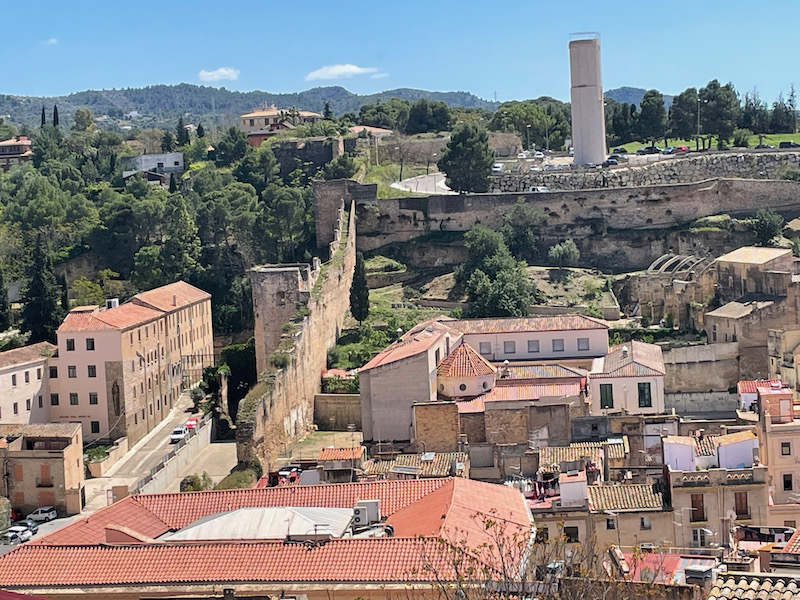
In the 16th century, Tortosa was one of the most important cities in Catalonia. Founded by Charles V for the education of the Moors, the Royal Colleges are one of the best examples of Renaissance civil architecture in Catalonia. The ensemble is made up of three buildings that retain their extraordinary renaissance doors. One of the doorways was very sculpted, with a decorative frieze containing headless statues and and shields of the Kings and Queens of the Crown of Aragon.
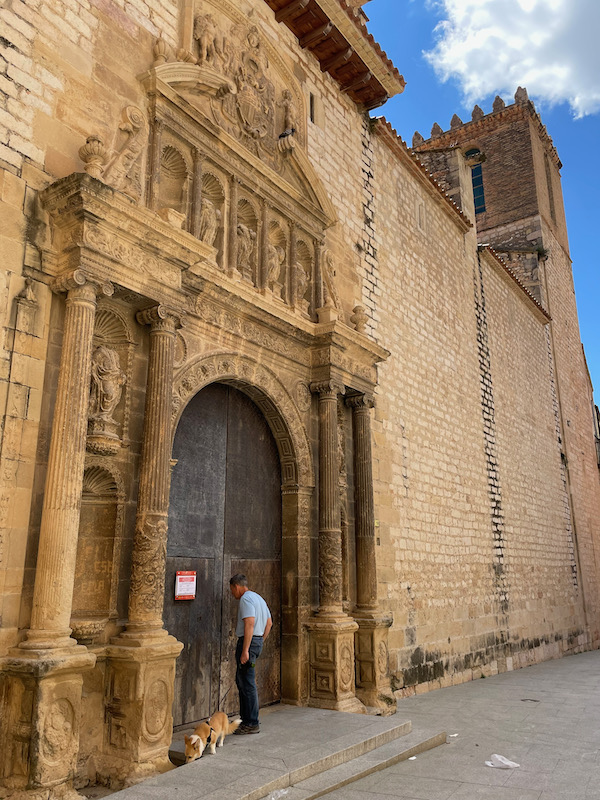
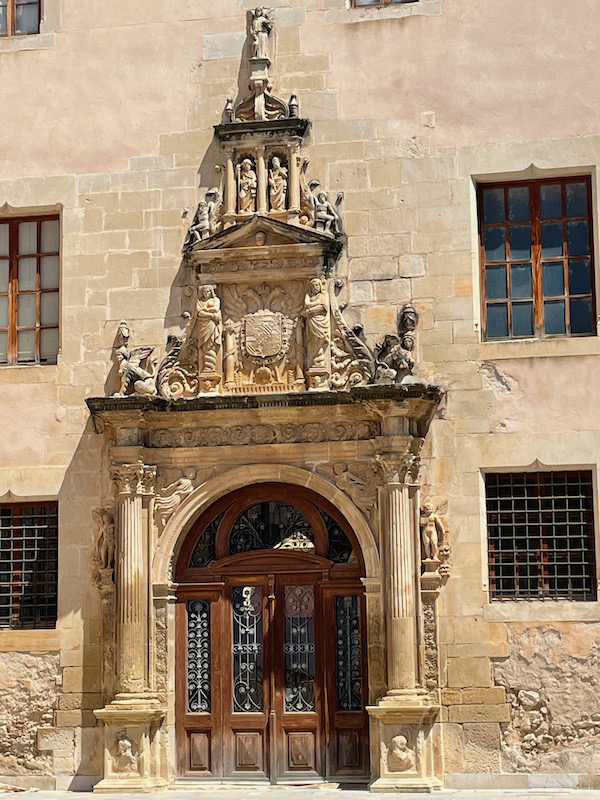
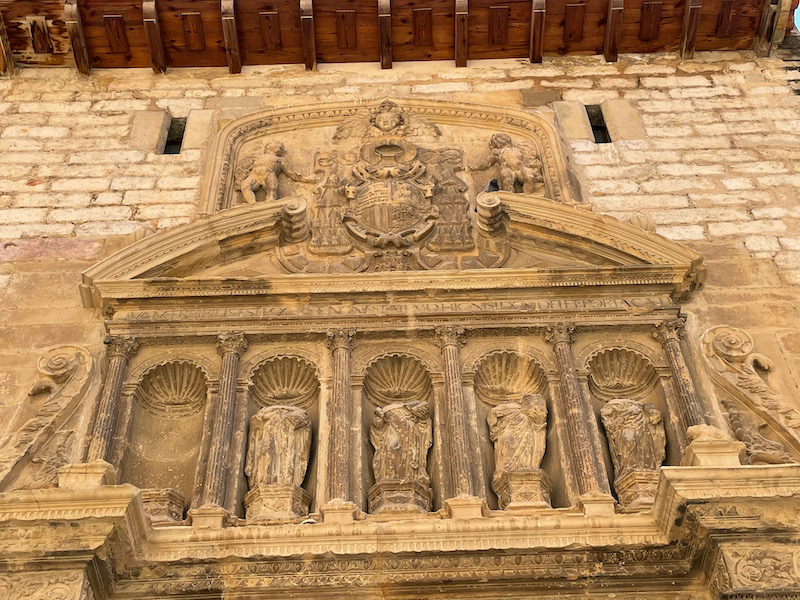

The Romeu gate is the only one of the interior gates of medieval Tortosa to survive. It has been reconstructed/restored several times (1385, 1756, 1909, and 1963). On the interior walls, there are two large 18th-century reliefs showing Saint James and Saint Christopher.
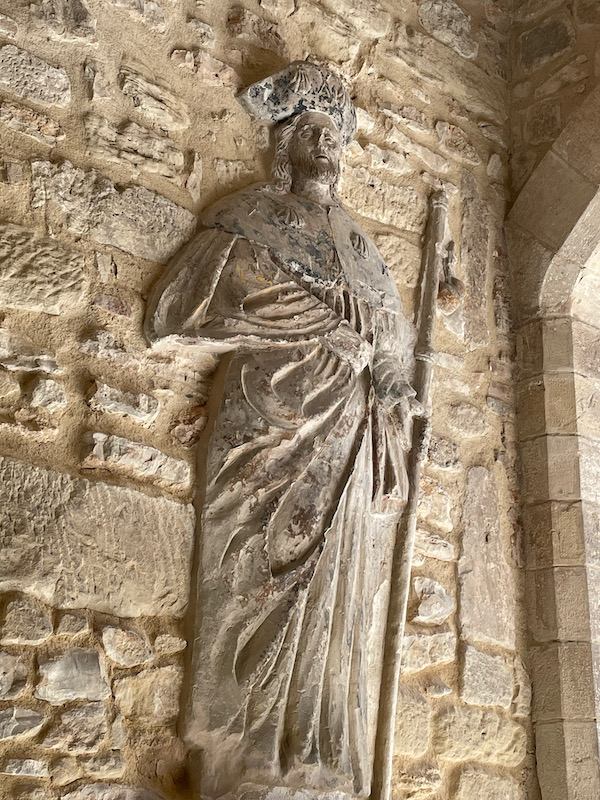
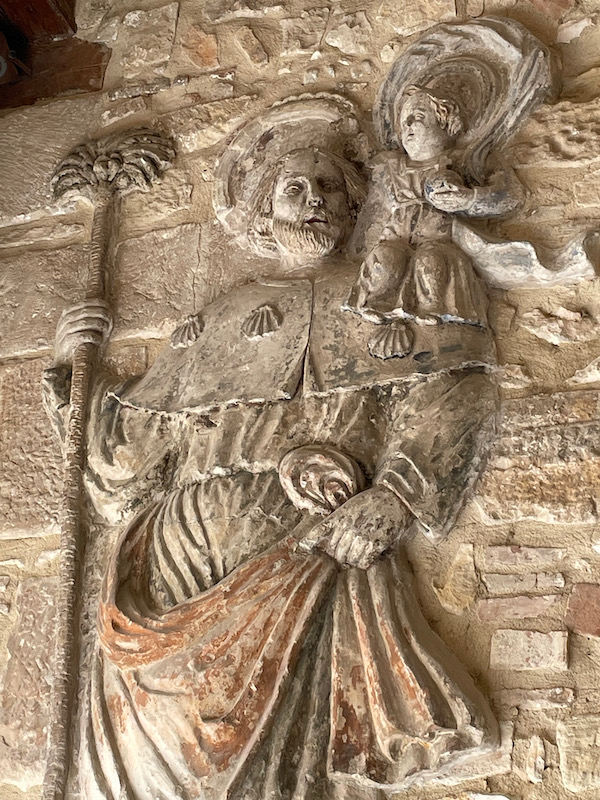
There are quite a few very nice houses in town, and we went by a few of them (some we have information on, and some we do not). This first one is the Grego house. It has a dynamic façade with its moldings, the continuous balconies, ironwork, and different-shaped windows. There is also a 3-story wood and glass balcony on the corner.
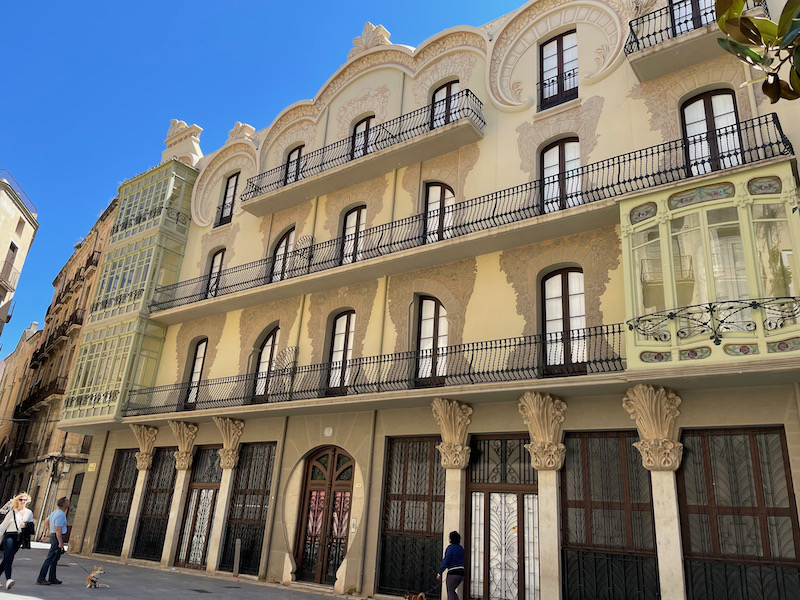
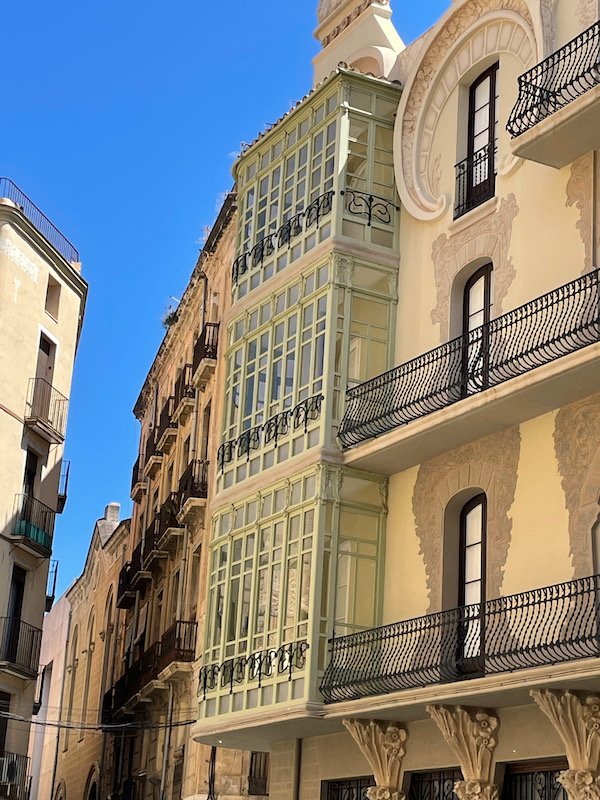
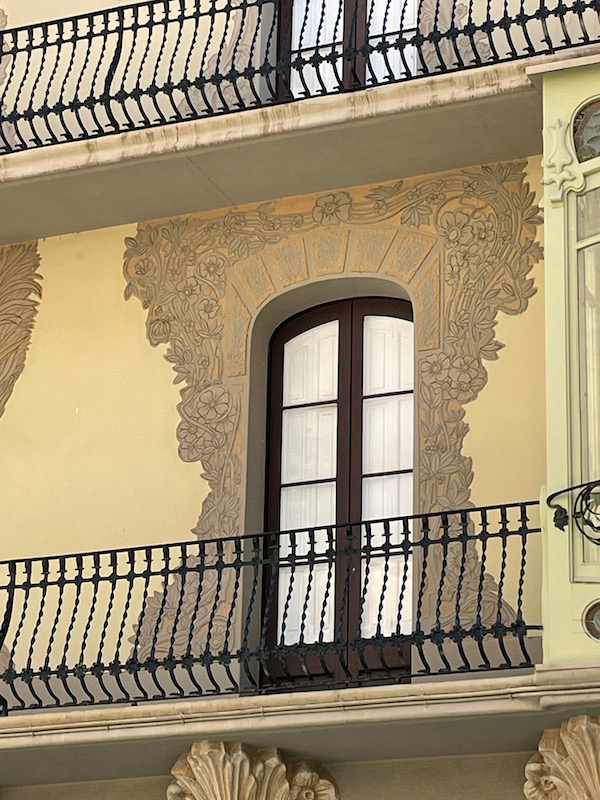
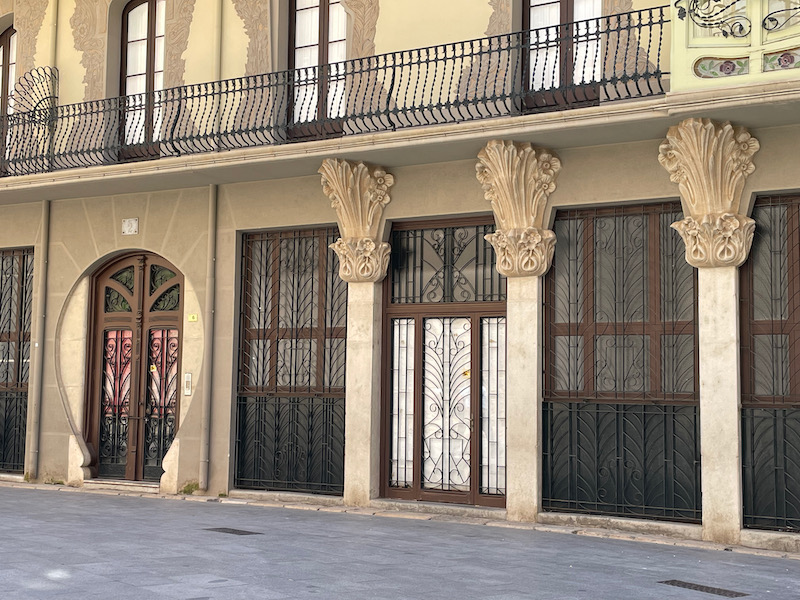
Casa Bau is another Art Nouveau building and one of the tallest in the city. Built between 1912 and 1915, it was built for Josep Bau, an olive oil entrepreneur who made his fortune selling local olive oil to the South American market. The façade is designed around a central axis of symmetry. A key feature at the ground level is the gallery of arches on columns with capitals decorated with naturalistic plan and floral designs, supporting the building’s predominant feature, the grand gallery on the first floor. The wrought ironwork on the door, windows, and balconies is also impressive.
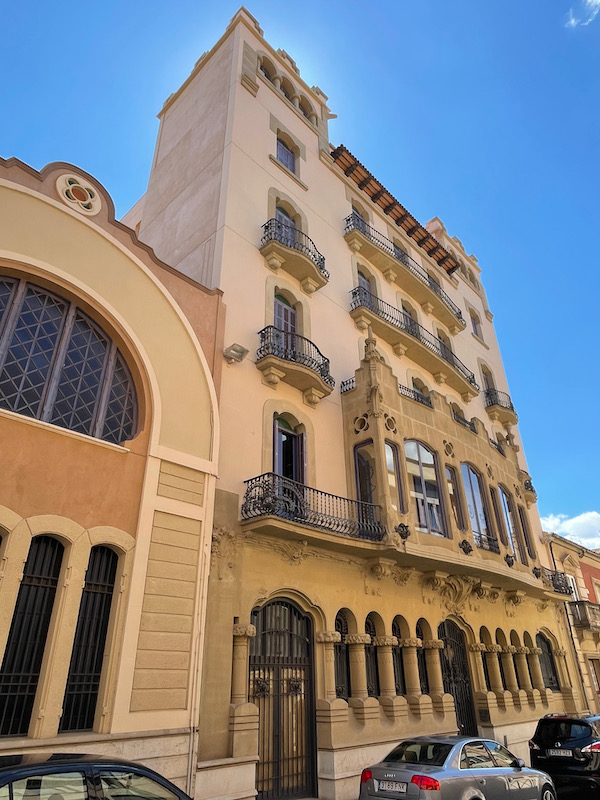
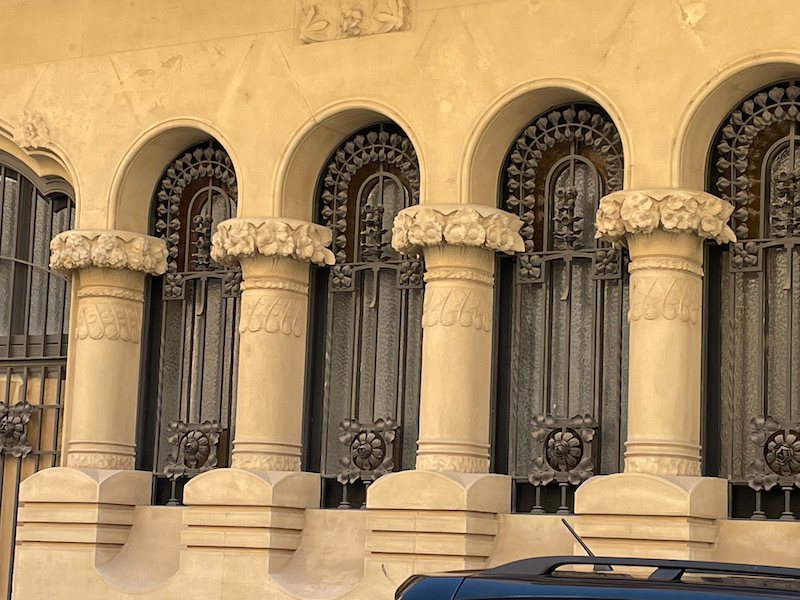
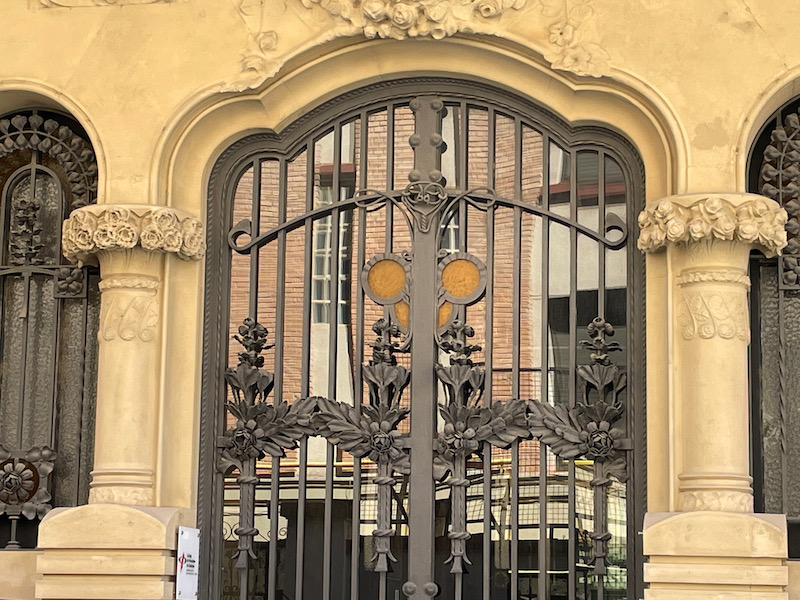
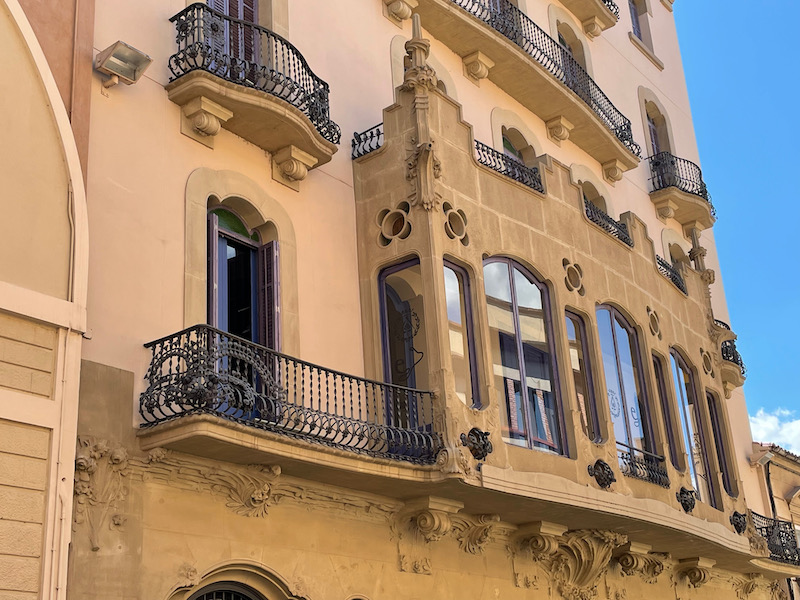
This is Casa Brunet. Built in 1913, it is an example of the houses built by the Tortosa’s bourgeoisie at the start of the 20th Century. The use of pediments, moldings, pilasters, and cornices give the building a pompous, ornate appearance that is clearly inspired by the Baroque style.
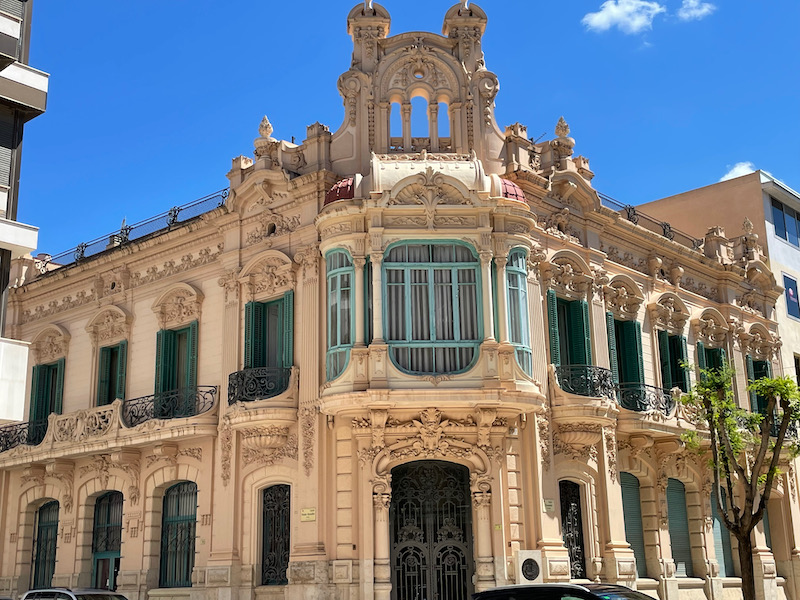
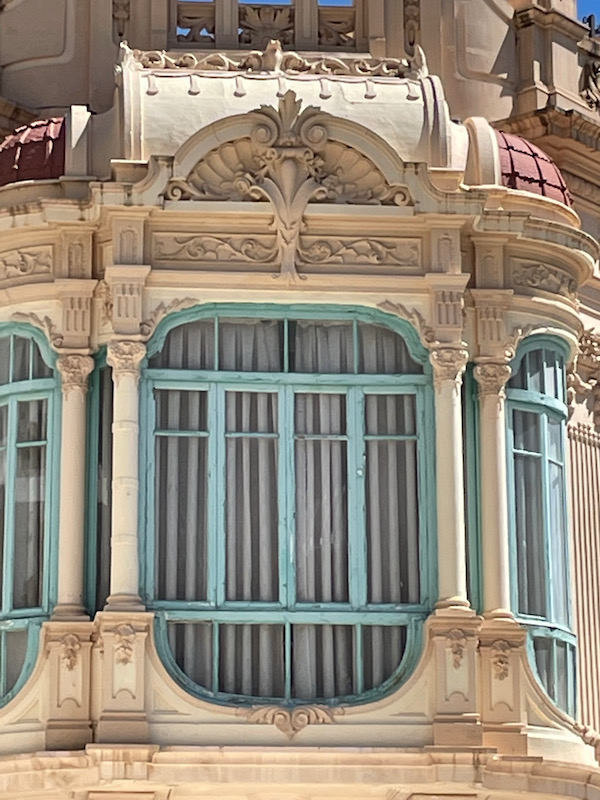
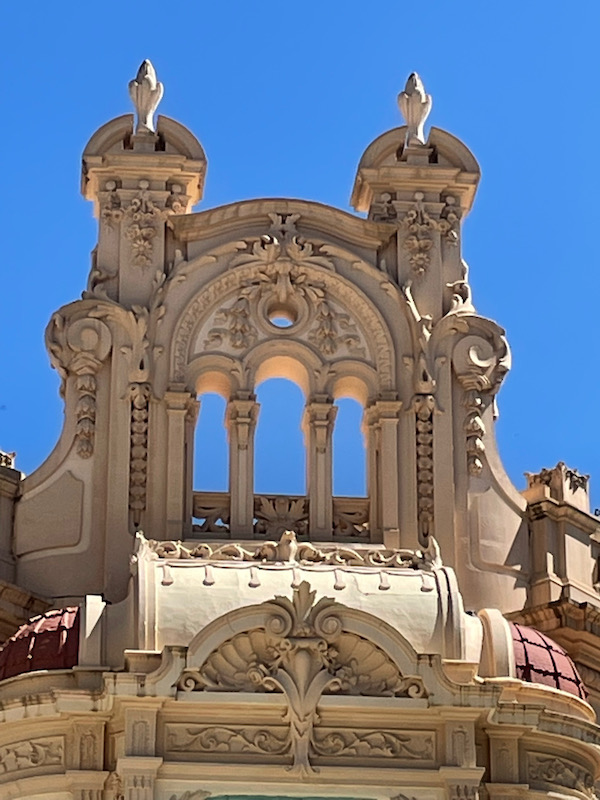
And some random houses that we saw on our walk through town, showing various designs and styles. We saw quite a few of these glassed-in balconies, this one with some nice colored glass work.
